The FAME-II era is over, replaced by the new EMPS 2024 scheme. We cut through the confusion to explain the new, smaller subsidies and what the final on-road price of your electric scooter will actually be.
For years, the Indian electric vehicle revolution was fueled by a powerful promise: the FAME-II subsidy. It was the government incentive that made headlines, slashed prices, and convinced millions of riders to go electric.
But that era is over.
As of March 31, 2024, the FAME-II scheme has officially concluded. In its place is a new, more targeted incentive: the Electric Mobility Promotion Scheme 2024 (EMPS 2024). This is the single most important change in the Indian EV market, and it has created a wave of confusion for potential buyers.
Are the massive discounts gone? Is an e-scooter still a smart buy? What is the real price you’ll pay in a showroom today?
At Vecharged, our mission is to provide absolute clarity. This is your definitive, up-to-date guide to the new world of EV subsidies in India.
The Big Shift: FAME-II vs. EMPS 2024
The new EMPS 2024 scheme is a temporary measure designed to bridge the gap until a potential FAME-III scheme is announced. It is smaller and more focused than its predecessor.
Here’s the practical, need-to-know difference:
| Feature | The Old FAME-II Scheme (Expired) | The New EMPS 2024 Scheme (Active) |
| Subsidy per kWh | ₹15,000 | ₹5,000 |
| Maximum Subsidy | ₹40,000+ | ₹10,000 |
| Vehicles Covered | Electric 2-Wheelers & 3-Wheelers | Electric 2-Wheelers & 3-Wheelers |
The Bottom Line: The central government subsidy has been significantly reduced. The massive, front-page discounts that buyers were used to are no longer available at the same level.
The “On-Road” Price Puzzle: The New 2025 Math
So how does this affect the final price you pay? The process is the same, but the numbers have changed.
(Visual Suggestion: An updated flowchart infographic)
- Start: Ex-Factory Price
- Subtract (-): EMPS 2024 Subsidy (Now max ₹10,000)
- Subtract (-): State Subsidy (Crucial! This is now the most important discount)
- Equals (=): Ex-Showroom Price
- Add (+): Insurance, RTO Registration, etc.
- Equals (=): Final On-Road Price
The Vecharged Expert Take: What This Really Means for Buyers
This change isn’t a disaster; it’s a market maturation. But you need to adjust your expectations.
- State Subsidies Are Now More Important Than Ever: With the central subsidy reduced, the additional benefits offered by your state government (if any) have become the most significant factor in the final price. A scooter bought in a state with a strong EV policy will be significantly cheaper than the same model in a state with no policy.
- Prices Have Increased, But Value is Still High: Yes, the “effective” price of most e-scooters has gone up. However, the other side of the equation—the running cost of less than ₹1/km compared to ₹4-5/km for petrol—has not changed. The long-term value proposition is still incredibly strong.
- Beware of Old Information: If you are reading a review or watching a video from before April 2024, the pricing information is now wrong. You must base your budget on the new EMPS 2024 subsidy structure.
The Pre-Showroom Checklist (Updated for 2025)
Walk into the dealership armed with this information.
- Confirm the EMPS 2024 Subsidy: The maximum is ₹10,000 per vehicle. Ask the dealer to show you exactly how this is applied to the ex-showroom price.
- Know Your State’s Policy: Before you go, do a quick search for “[Your State Name] EV Policy 2025.” Know the exact state-level subsidy you are entitled to.
- Calculate the Real Running Cost: Don’t just focus on the purchase price. Remember that your “fuel” savings over a five-year period will likely be well over ₹1 lakh compared to a petrol scooter.
Our Final Word: A New Era, A Smarter Choice
The era of massive, attention-grabbing national subsidies may be over for now, but the electric scooter revolution is just getting started. The technology is better than ever, the running costs are unbeatable, and the long-term value is undeniable.
The market has shifted. The prices are more realistic, but the fundamental benefits are unchanged. By understanding the new subsidy structure and focusing on the total cost of ownership, you can still make an incredibly smart and financially sound decision. The future of Indian mobility is still electric.

Suhas Shrikant is the founder of Vecharged and an engineering enthusiast specializing in high-power off-grid solar systems. He has designed and built over a dozen custom systems and uses his hands-on, field-tested experience to create Vecharged’s expert guides and reviews.


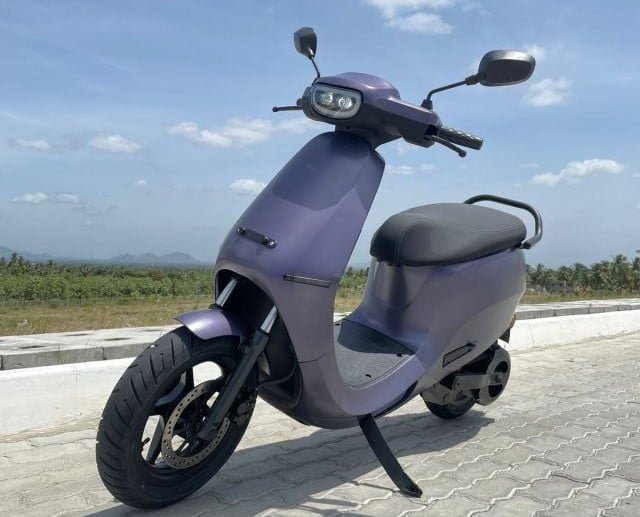

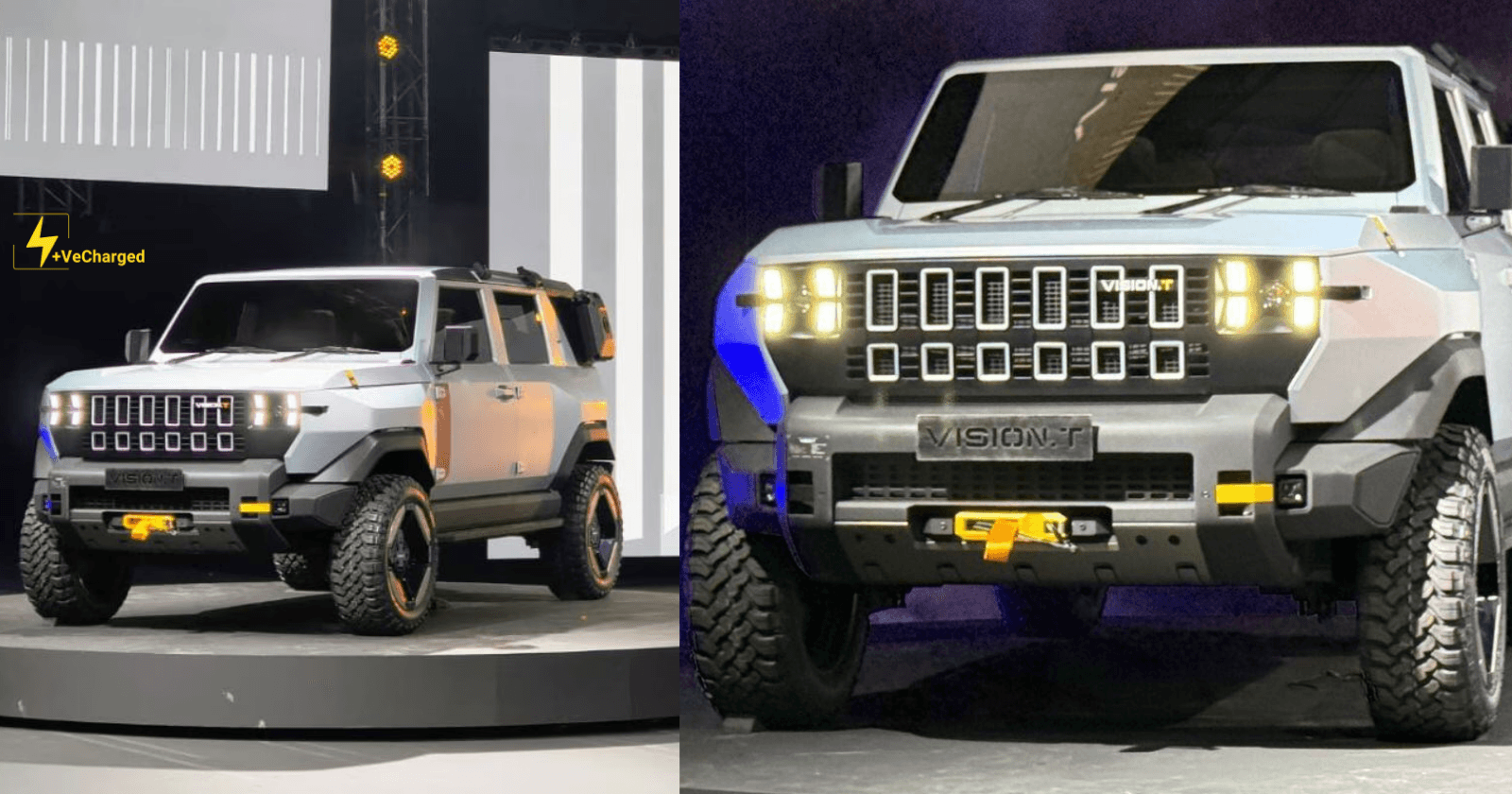
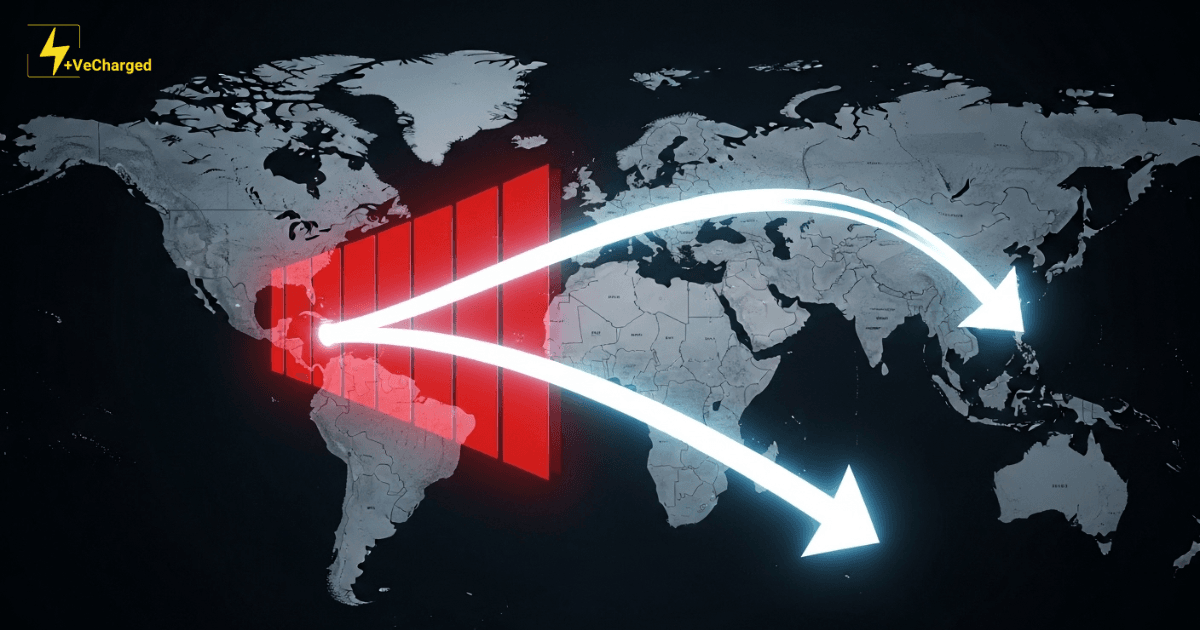



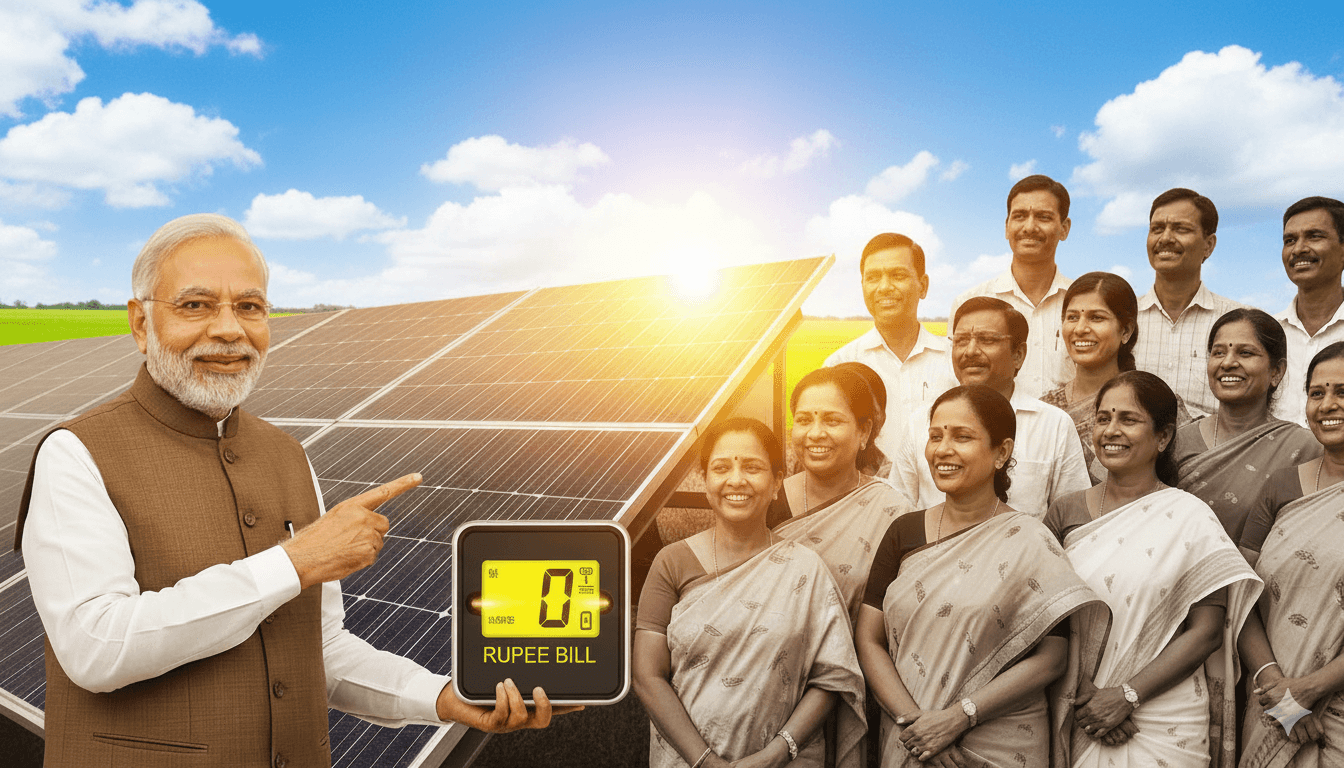


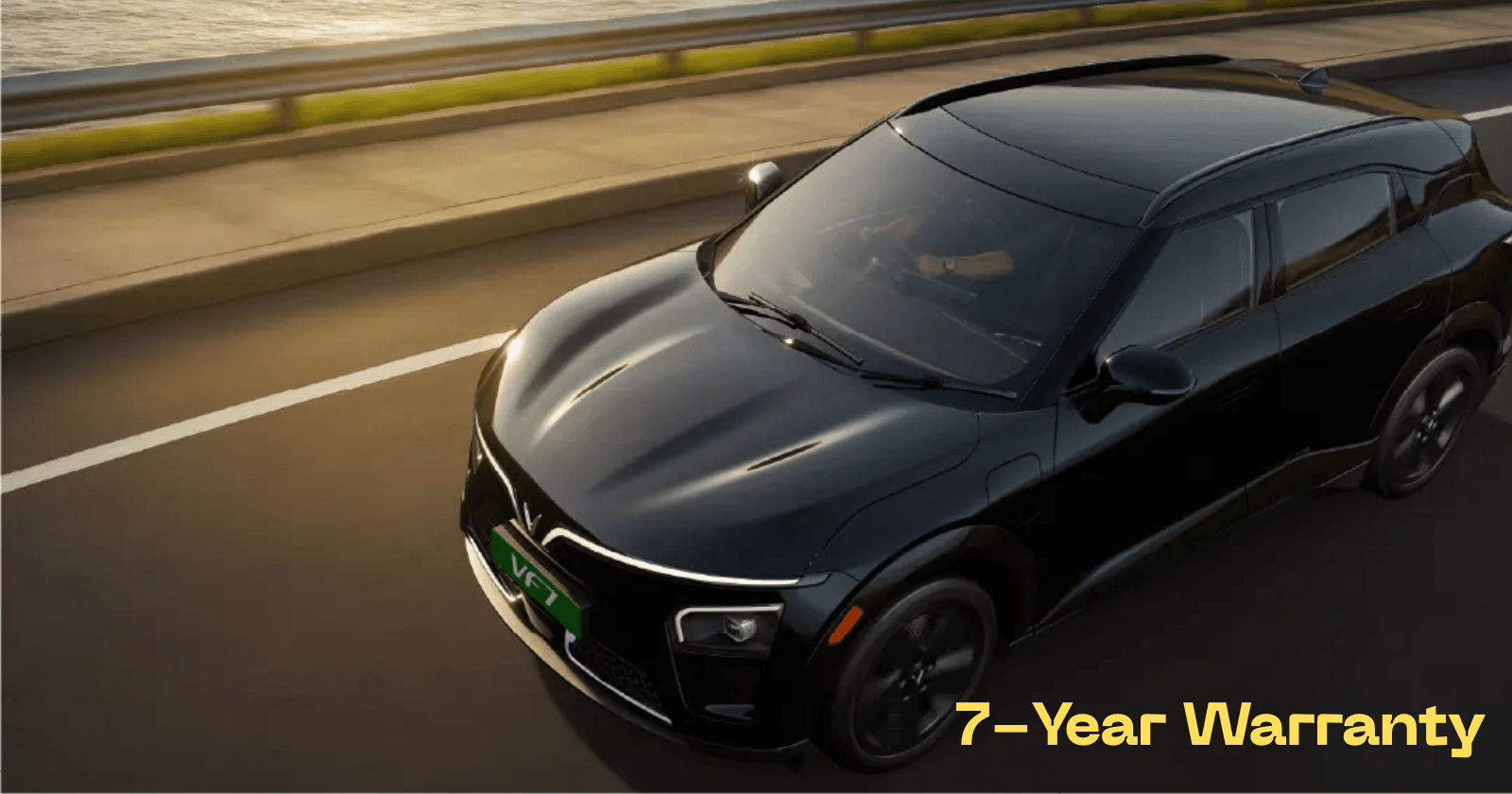

[…] FAME-II (2019–2024) के बाद EMPS-2024 एक ब्रिज स्कीम रही—कई OEMs/डीलर्स ने इस विंडो को कैप्चर किया, लेकिन कस्टमर-एंड पर डॉक्यूमेंटेशन और क्लेम कट-ऑफ्स को लेकर कन्फ्यूज़न भी देखा गया। Ministry of Heavy Industriesemps.heavyindustries.gov.inVecharged […]